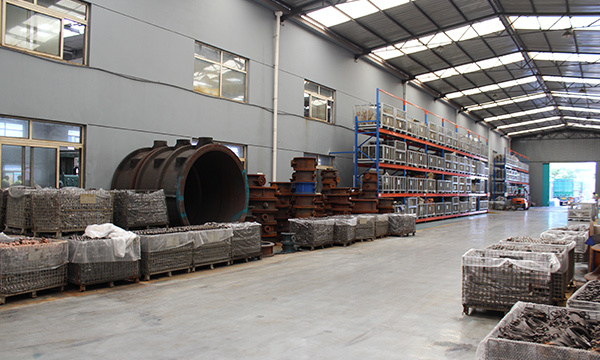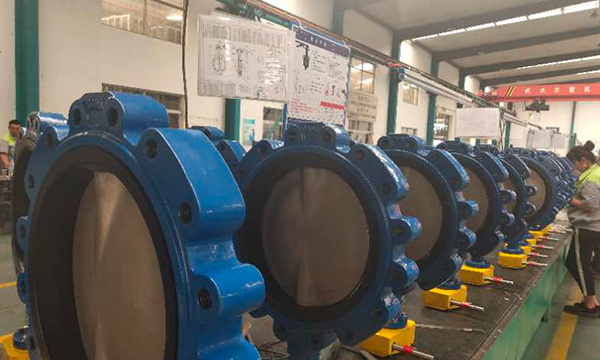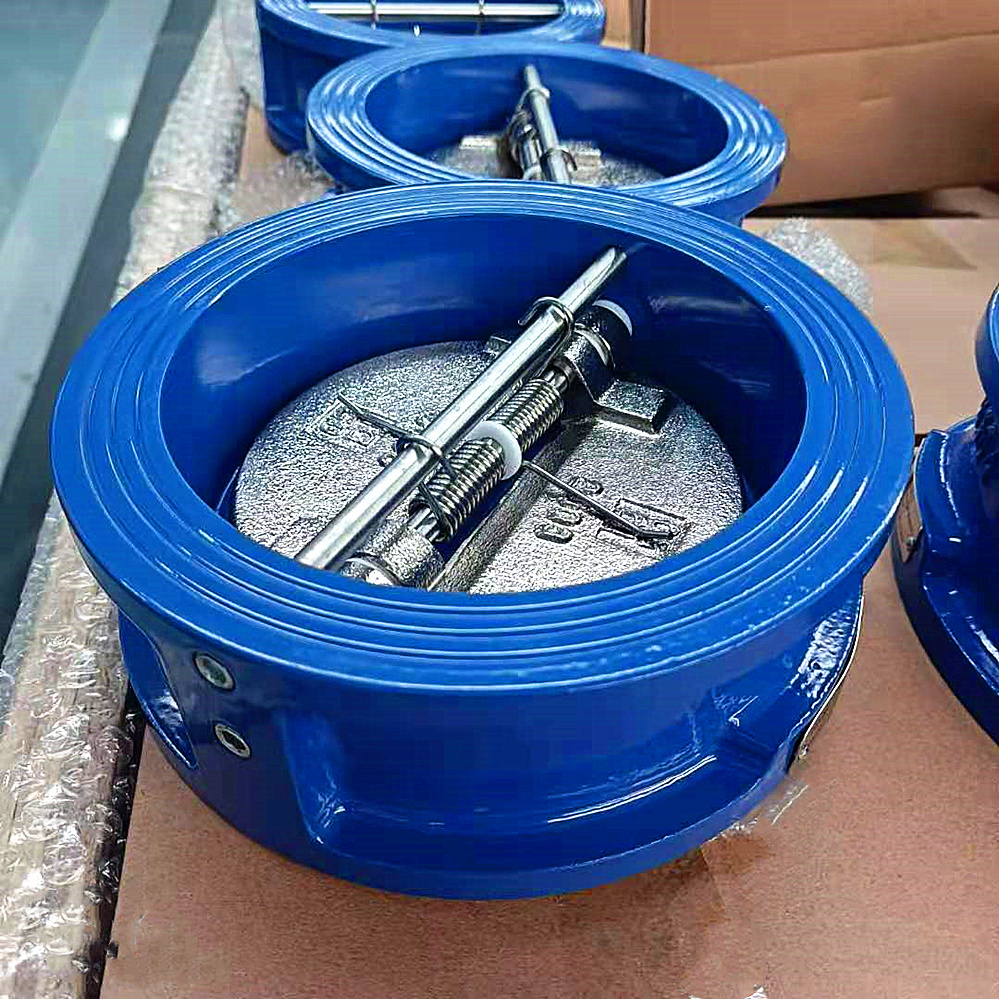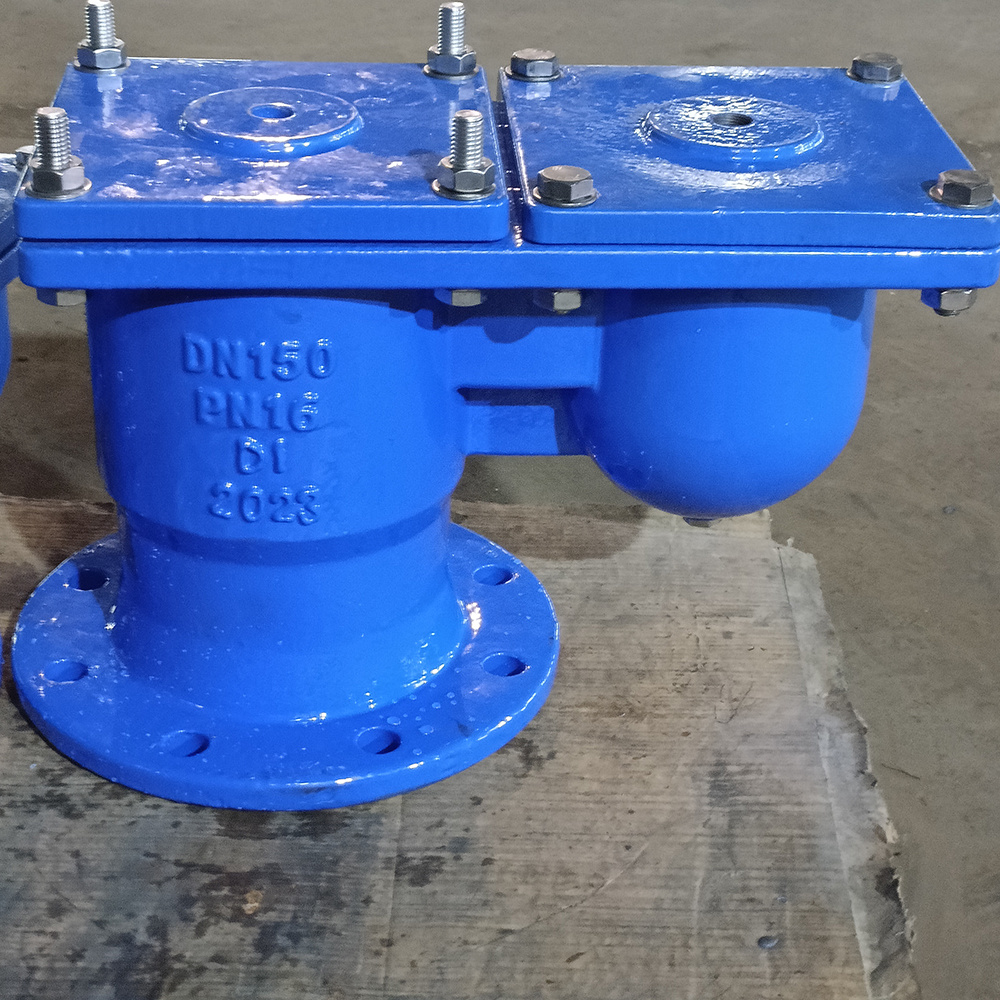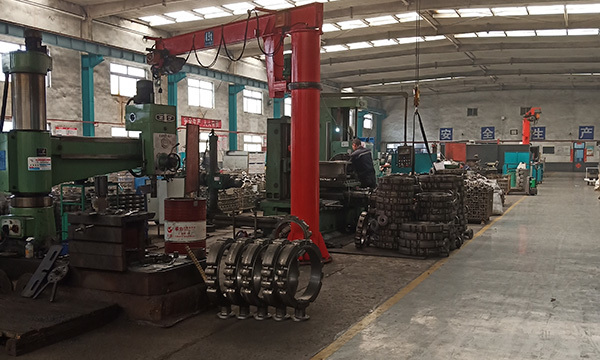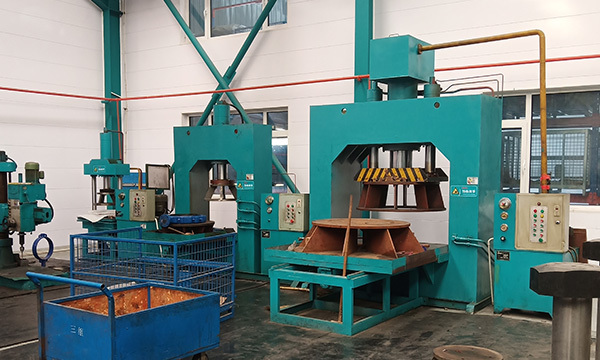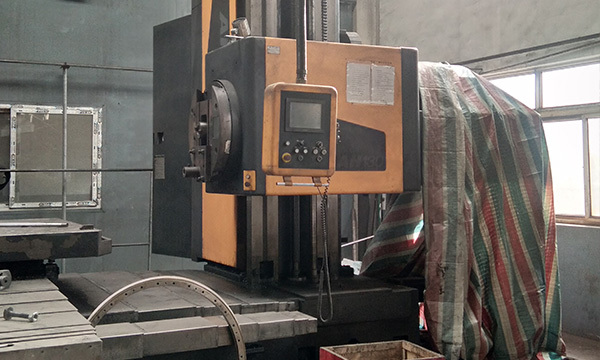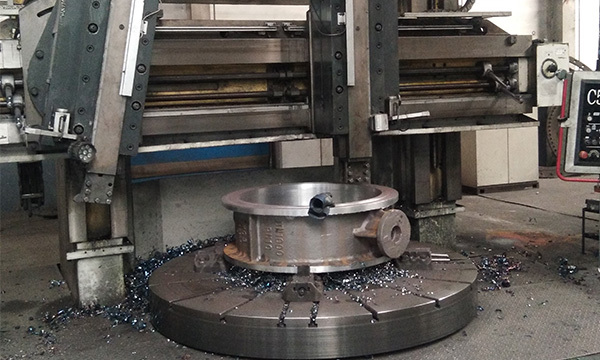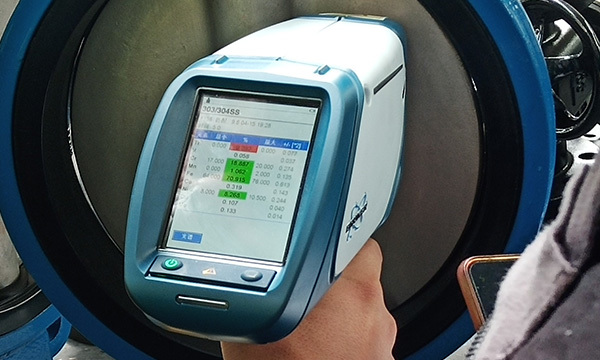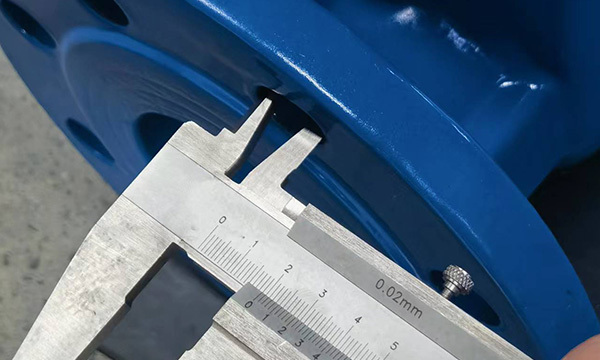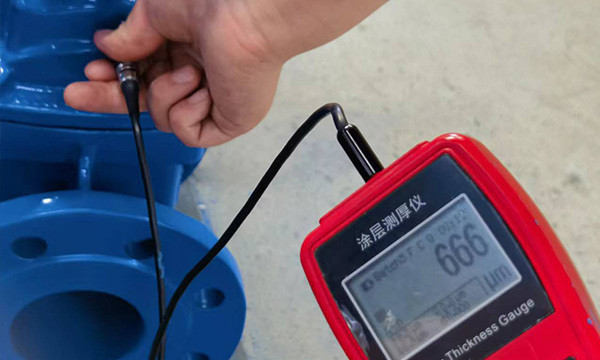Crucial Factors to Consider When Installing Flange Butterfly Valve
2025-04-21
Understanding Flange Butterfly Valves
Flange butterfly valves are critical components in a wide range of industrial systems, offering efficient flow control for various fluids. These valves consist of a disc that rotates to either block or allow the flow of fluid, making them ideal for applications requiring lightweight solutions with minimal resistance. The design of flange butterfly valves typically includes a circular disc mounted on a shaft, which is affixed to flanges on either side, allowing for easy installation and maintenance.
Key Benefits of Flange Butterfly Valves
Before delving into the installation process, it is essential to understand the benefits of using flange butterfly valves in industrial settings:
1. Compact Design
Flange butterfly valves boast a compact design compared to traditional gate or globe valves, allowing for space-saving installations in pipelines and systems where space is limited.
2. Cost-Effectiveness
These valves are generally more affordable than other valve types, making them an economical choice for manufacturers and project engineers.
3. Quick Operation
The quarter-turn operation of butterfly valves enables swift opening and closing, enhancing process efficiency.
4. Versatility
Flange butterfly valves are versatile and can be used in various applications, including water treatment, chemical processing, and HVAC systems.
Crucial Factors for Installation of Flange Butterfly Valves
When installing a flange butterfly valve, several factors must be considered to ensure optimal performance and longevity. Here are the critical aspects to keep in mind:
1. Material Compatibility
Choosing the correct materials for both the valve and the pipe system is paramount. Ensure that the butterfly valve's materials are compatible with the fluids being transported. For instance, if your system involves corrosive substances, select valves made from corrosion-resistant materials like stainless steel or PVC.
2. Valve Size and Type
Determine the appropriate size and type of butterfly valve based on the flow requirements of your system. The valve should match the pipe diameter to prevent flow disruptions. Generally, butterfly valves come in various sizes, ranging from a few inches to several feet in diameter.
3. Installation Orientation
The orientation of the valve during installation can significantly affect its operation. Flange butterfly valves can often be installed in any orientation (horizontal, vertical, or angled), but it’s advisable to follow manufacturer guidelines to ensure optimal performance. Pay attention to the flow direction indicated on the valve body.
4. Flange Alignment and Gasket Selection
Proper alignment of flanges is essential for preventing leaks. Misalignment can lead to excessive stress on the valve and cause premature failure. Ensure that the flanges are parallel and properly aligned before securing the bolts. Additionally, choose the right gasket material suitable for the application to prevent leaks and ensure a tight seal.
5. Bolt Torque Specifications
Adhering to the manufacturer's bolt torque specifications is vital for securing the flanges properly. Over-tightening or under-tightening can lead to leaks or even damage the valve. Use a calibrated torque wrench and follow a cross-pattern tightening sequence to ensure even pressure distribution.
6. Operating Conditions
Consider the operating conditions such as temperature, pressure, and fluid viscosity. These factors will influence the performance of the butterfly valve and should align with the valve's specifications to prevent operational issues.
7. Maintenance and Accessibility
Ensure that the installation allows for easy access to the valve for routine maintenance and inspections. Regular maintenance is crucial for the longevity and reliability of the valve. Plan for adequate space around the valve for necessary tools and personnel.
Installation Steps for Flange Butterfly Valves
Once the critical factors have been assessed, follow these steps for the proper installation of flange butterfly valves:
1. Preparation
Before installation, gather all necessary tools and materials, including gaskets, bolts, and a torque wrench. Inspect the flange surfaces for damage or debris and clean them thoroughly to ensure a secure seal.
2. Positioning the Valve
Align the flange butterfly valve between the two flanges of the pipeline. Ensure that the flow direction arrow on the valve body is pointing in the correct direction in relation to the fluid flow.
3. Gasket Installation
Place the gasket on the flange surface, ensuring it fits properly and does not overlap. This step is critical to prevent leaks once the valve is installed.
4. Securing the Flanges
Insert the bolts through the flange holes and hand-tighten them. After all bolts are in place, use a torque wrench to tighten them according to the manufacturer's specifications, ensuring even pressure distribution.
5. Testing for Leaks
Once the installation is complete, conduct a pressure test to check for leaks. Monitor the system under normal operating conditions to ensure that the valve functions correctly.
Common Mistakes to Avoid
Even experienced professionals can make mistakes during installation. Here are common pitfalls to avoid:
1. Ignoring Manufacturer Guidelines
Always adhere to the manufacturer's installation instructions. Neglecting these guidelines can lead to improper installation and valve failure.
2. Overlooking Flow Direction
Installing the valve in the wrong flow direction can create significant operational issues. Always double-check to ensure the flow direction aligns with the system’s requirements.
3. Inadequate Maintenance Planning
Failing to plan for routine maintenance can lead to unexpected failures. Schedule regular inspections and maintenance activities to ensure optimal valve performance over time.
4. Using Incorrect Tools
Utilizing improper tools or techniques can result in damage to the valve or flanges. Use only the recommended tools for installation and maintenance tasks.
flange butterfly valve


